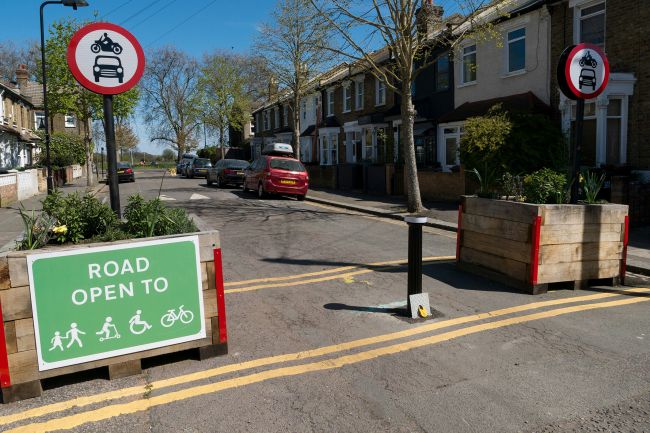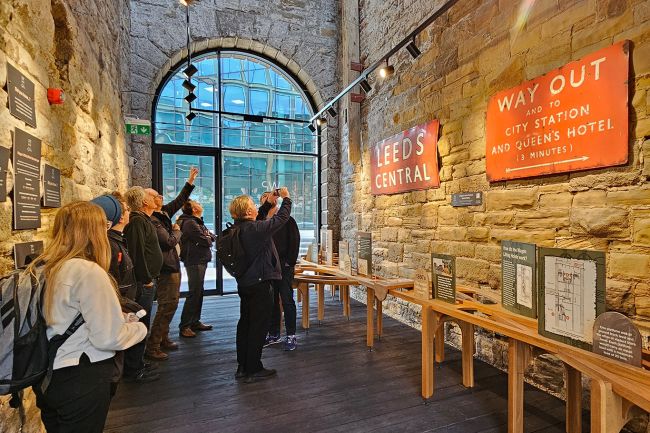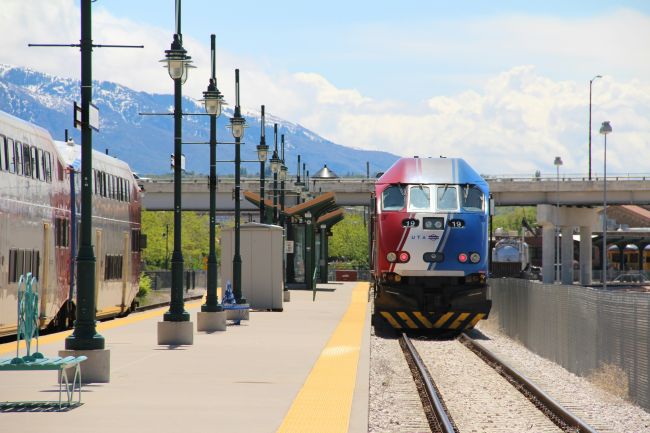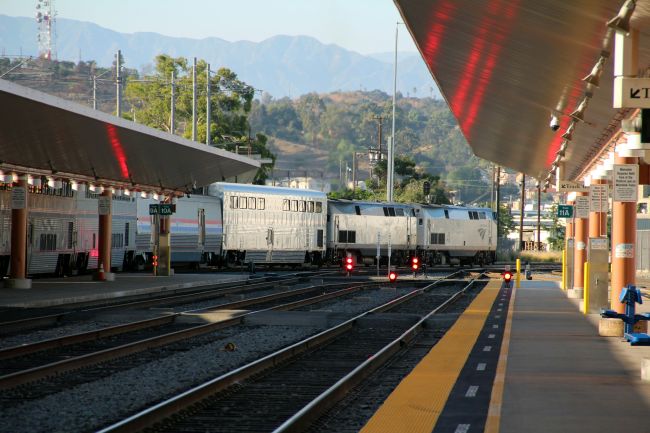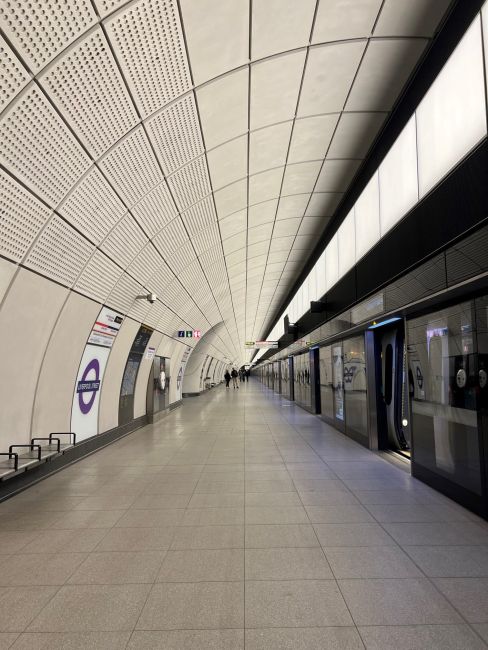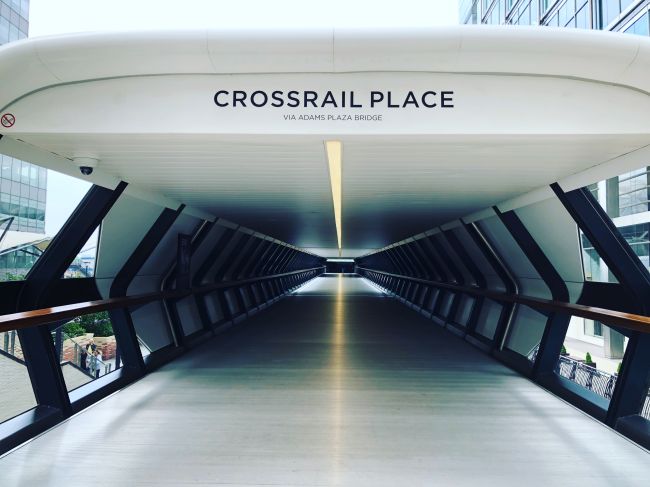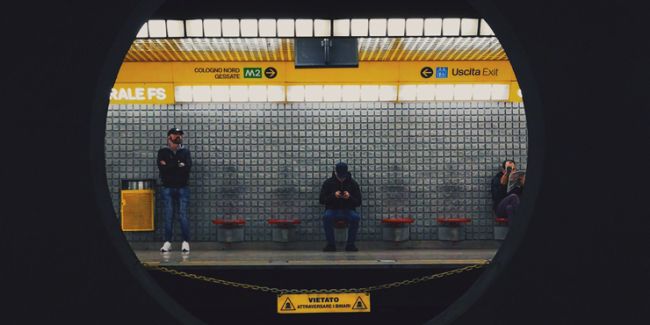On the right track: Passenger rail in the US
With unprecedented Federal funding opportunities available, now may be the point where world-class passenger rail becomes a reality.

It is an exciting time to be involved in the US passenger rail market. With unprecedented Federal funding opportunities, and a growing acknowledgement of the benefits rail can provide, now may be a critical inflection point where world-class passenger rail becomes a reality for communities across the US.
FRA CID program
On November 15, 2021, the Bipartisan Infrastructure Law (BIL) was signed. This led to the establishment of the FRA’s Corridor Identification and Development (CID) program with an aim of bringing world-class passenger rail services to regions across the US. The level of funding from this program is unprecedented, with $66bn in advanced appropriations provided for over the next four years. With the program now up and running and the first funding opportunities on the horizon, the time is now to think about how the US rail industry can make the most of this opportunity.
How the CID program works
The CID program is being developed to provide a clear framework for the progression of proposed intercity passenger rail (IPR) services from initial conception through to implementation.
Following initial expressions of interest and the submittal of outline corridor proposals, the program sets out two key steps in the project planning phase:
- Scoping and project initiation; and
- Preparation of the Service Development Plan (SDP).
Projects will be considered in the context of their ability to deliver sustainable long-term intercity passenger rail service that is safe, clean, and equitable. As such, in addition to understanding the key financial implications of any proposed service – costs, revenues, and long-term financial sustainability – the FRA also places material importance on wider strategic benefits, such as environmental impacts, wider economic benefits, and equity. The aim is not simply to progress projects that may be financially attractive but to understand the critical role that rail connectivity can play in our communities.
Developing successful rail projects
The FRA’s approach to the evaluation of proposed IPR services within the CID program is highly aligned with how Steer thinks about rail and wider infrastructure investments.
For any major investment where detailed scrutiny is rightly placed on the use of funds, a well-defined strategic assessment process is essential to allow for a rigorous, consistent, and transparent approach to the evaluation. At Steer, we term this Structured Decision-Making.
Structured Decision-Making is the systematic application of principles, tools, and processes to support decision-makers in navigating complex infrastructure and policy decisions. It does so by:
- Identifying overarching problems and/or opportunities.
- Guiding the identification of goals and objectives and how individual projects might help to realize those.
- Defining decisions to be made at the appropriate time and the evidence required to make them; and
- Structuring the evaluation to clarify the rationale, requirements, trade-offs, and consequences of each decision.
The FRA’s first evaluation step of scoping and project initiation is set up to ensure program participants have the appropriate foundations in place to progress the development of the project. Having a well-defined Structured Decision-Making process will not only benefit applicants by enabling critical project development decisions to be made consistently and efficiently but also demonstrate readiness to the FRA and provide confidence in the ability of the applicant to move forward in the program.
This approach can then also flow seamlessly into the FRA’s second evaluation step – the preparation of the SDP itself. Through having clearly defined goals and objectives, and a robust evaluation framework, the basis for making project development decisions becomes clearer, enabling a more efficient SDP development process. Determining critical output factors; demonstrating project value; achieving stakeholder buy-in; and agreeing on the overall project direction – all can be facilitated through this lens of Structured Decision-Making.

What's next?
The Bipartisan Infrastructure Law and the responsibility delegated to the FRA as it relates to the Corridor Identification and Development Program provide the platform for material beneficial investment in the country’s transportation infrastructure.
The principles Steer champions of Structured Decision-Making align perfectly with this program, and we are excited to help potential program participants to realize their ambitions for their communities.
Please get in touch if you would like to talk about the FRA program and how Steer can help.






